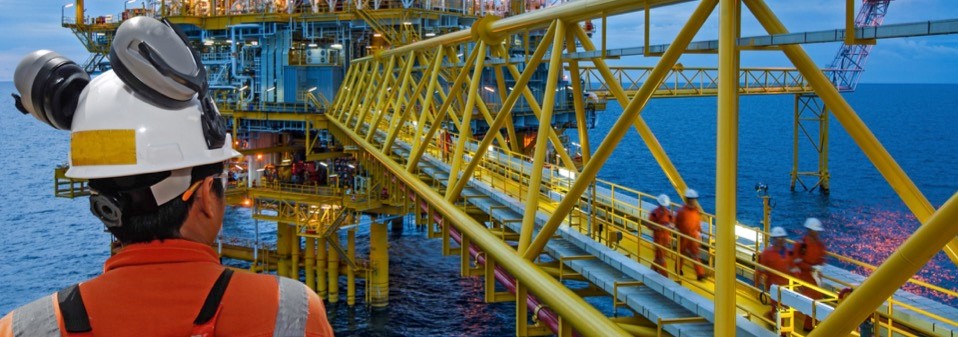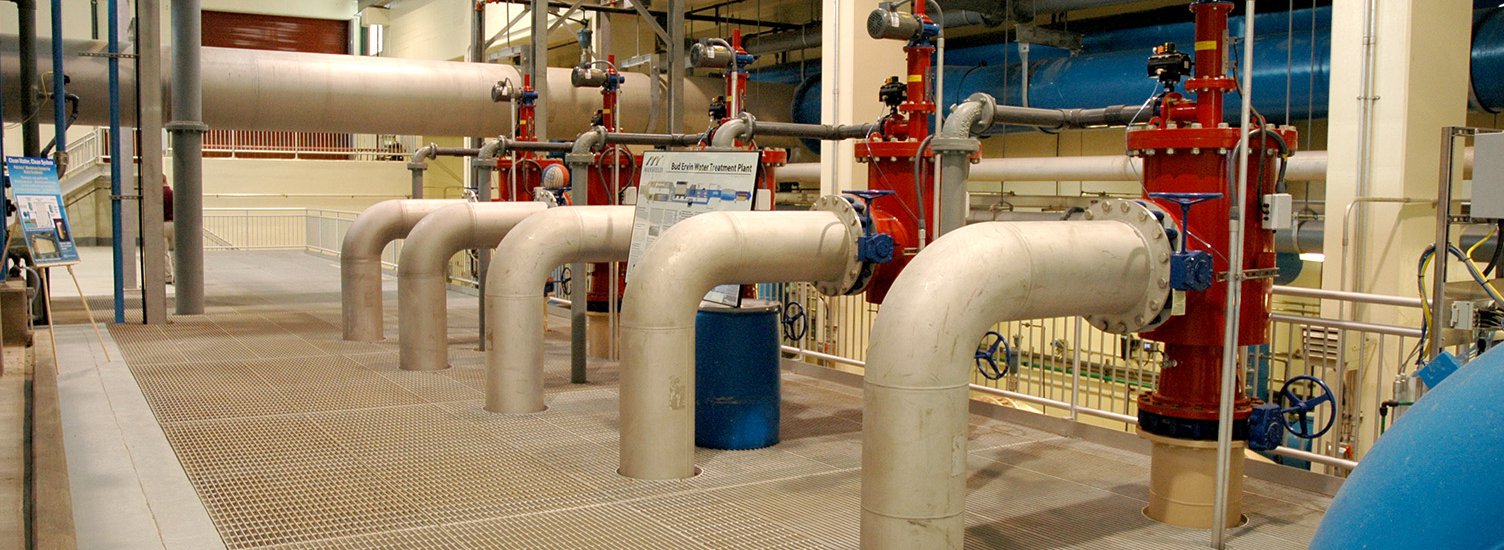 Metals Processing
Metals Processing
Demand conditions have deteriorated further and stock levels have risen. Overcapacity issues even with softening of iron ore prices (utilisation rates of 80% for steelmakers). Recovery gradually gathers pace. After shake-out of the industry, the strongest and economically fittest survive. Slowly, production levels are increased again and focus shifts toward more reliable and predictable operation.
 Upstream Oil & Gas
Upstream Oil & Gas Chemicals
Chemicals Metals Processing
Metals Processing Mining
Mining Power Generation
Power Generation